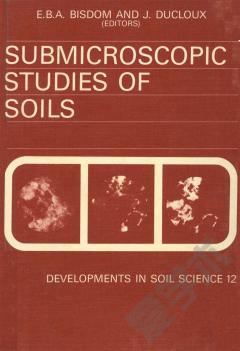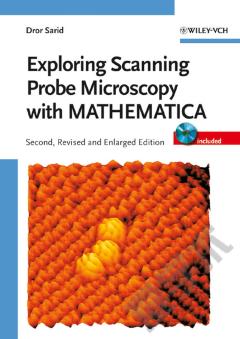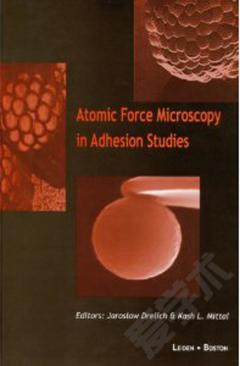Experimental Investigation of Drying Droplets Containing Microparticle
Ring-stains are seen when droplets of liquid containing particles are left to dry on a surface: a pinned contact line leads to outward radial flow, which is enhanced by the diverging evaporative flux at the contact line. As a result, suspended particles in the drops are transported to the edge of the droplet, and deposited in a circular stain. We have characterized the topologies of the deposit using skewness of the profile as a simple analytic method for quantifying the shapes: pillars produce positive, flat deposits have zero skew and ring stain have a negative skew.
{{comment.content}}








 京公网安备 11010802027623号
京公网安备 11010802027623号